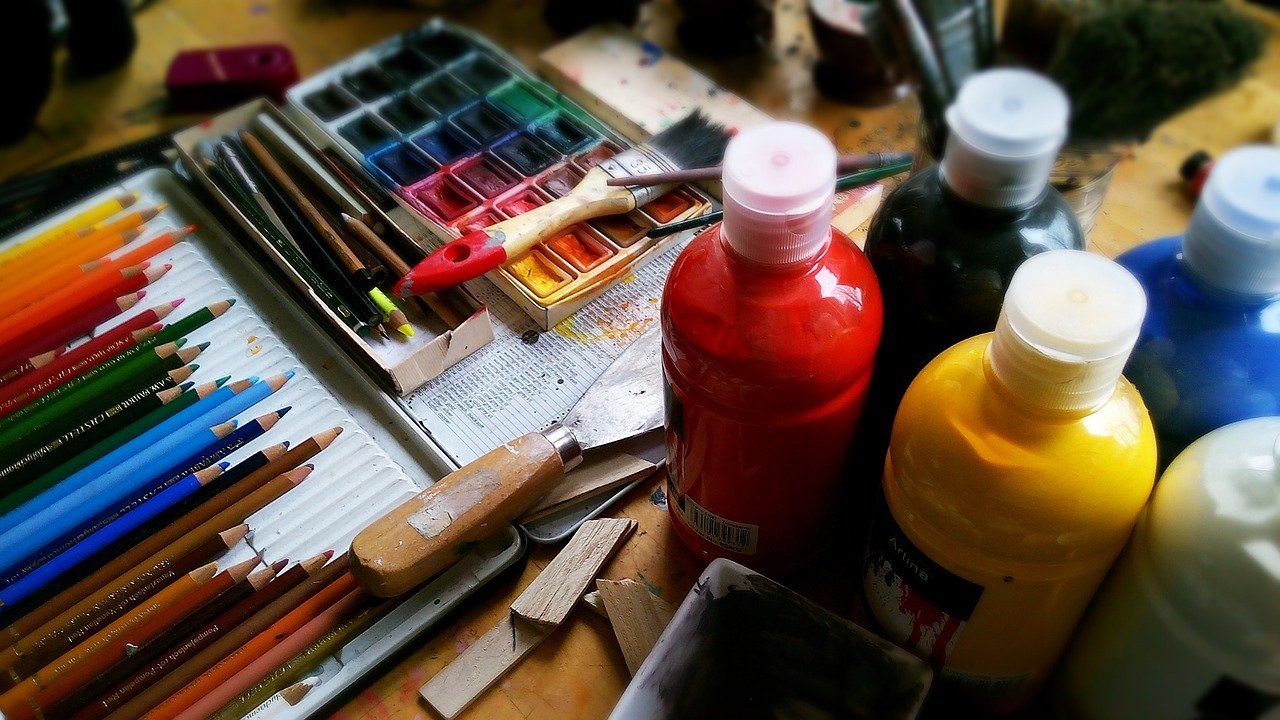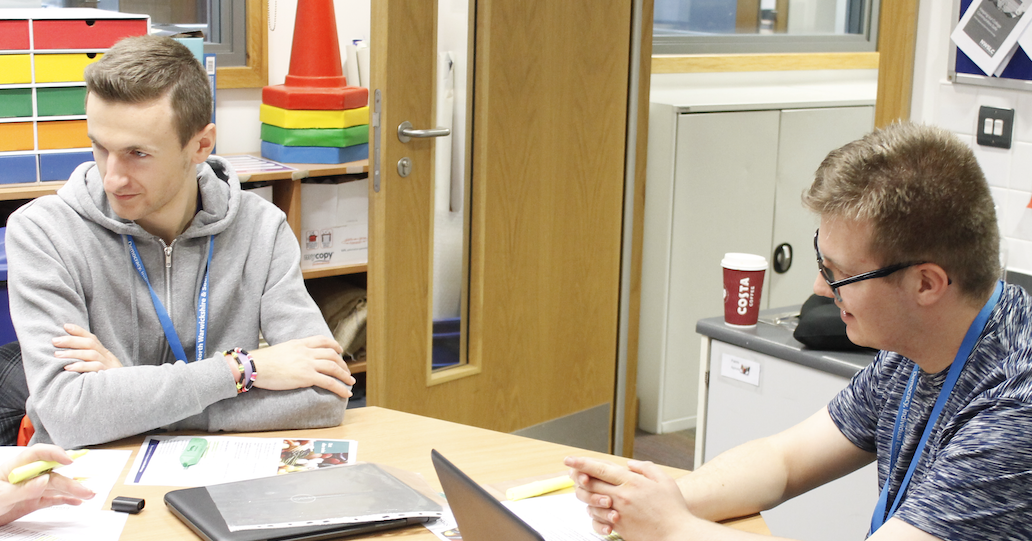Once you’ve settled on a subject of study, you’ll need to understand its admissions criteria in order to deliver the proper documents with your registration. The criteria for admission vary based on considerations including such as the stage of education and specialty. A practice-based curriculum, for instance, would generally instruct you to produce a portfolio demonstrating how your abilities and insights have evolved over the years. Other programs specializing in the arts, reporting, media relations, or economics will also need you to provide work. This may be samples of your own blog posts or writings pertinent to your candidacy. Students can explore art schools in London by following the process and presenting the documents mentioned below:
- Application form: If you are seeking to apply for an arts program at any stage of education, you must complete an application registration process. This application, as you might assume, is intended to provide the recruiters with details regarding you, including your personally identifiable information and educational background. They have specialists who can offer you specific instructions on how to fill out your application form.
- Personal statement: The personal statement is your chance to tell them about yourself and your preparedness for the degree you want to pursue. Consider the following points:
- Make certain that your personal statement is your original creation and that it is really you.
- Demonstrate why you wish to pursue the program for which you are registering.
- Try to connect your abilities and expertise to the program’s requirements.
- Convey your excitement for the training and connect it to your individuality.
- Make absolutely sure it’s well-organized and readable grammatical, vocabulary, and punctuation check.
- A copy of the passport’s descriptive page.
- Transcripts and portfolio: Your application will be evaluated based on components such as transcripts and a portfolio that will help them to get a sense of who you are and what you do. You can contact their agent if you are unclear whether you satisfy the prerequisites for your individual course selection. A portfolio is essential when applying for courses in visual art, motion graphics, creative agency, as well as other hands-on fields. A portfolio is a compilation of your artwork, or a virtual journal, that demonstrates how your abilities and notions have evolved over time. It displays your originality, passion, talents, and dedication while also assisting us in assessing your capabilities.
- Academic reference: You must send a reference with your registration for arts courses. You will most likely be requested to provide two references for the master’s or bachelor’s program. A professor, counselor, or specialist who appreciates you intellectually can serve as a future reference.
- English Language Requirements: If your schooling has not been in the English language, or if you’re in a location wherein English isn’t really your native language, you must demonstrate that your knowledge of the Language is adequate to thrive in your selected course.
- Interview: As a component of the registration phase, you will be invited to attend an interview to ensure that you are a suitable match for the program and to learn more about the institution.
Students can approach getting into an art school in a variety of ways, but the basic components of the process stay the same.







